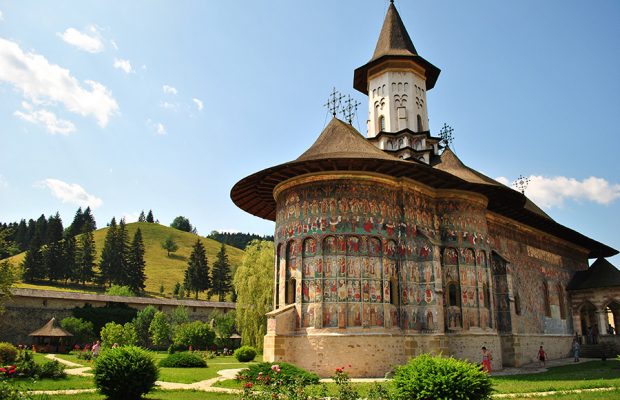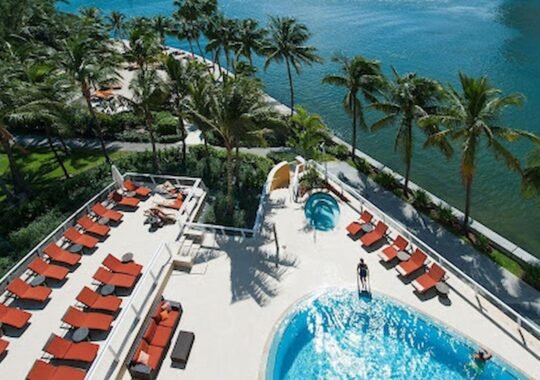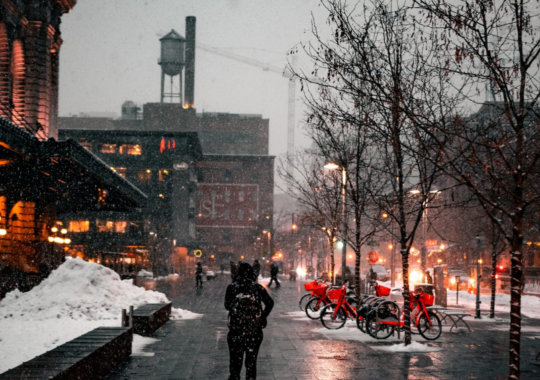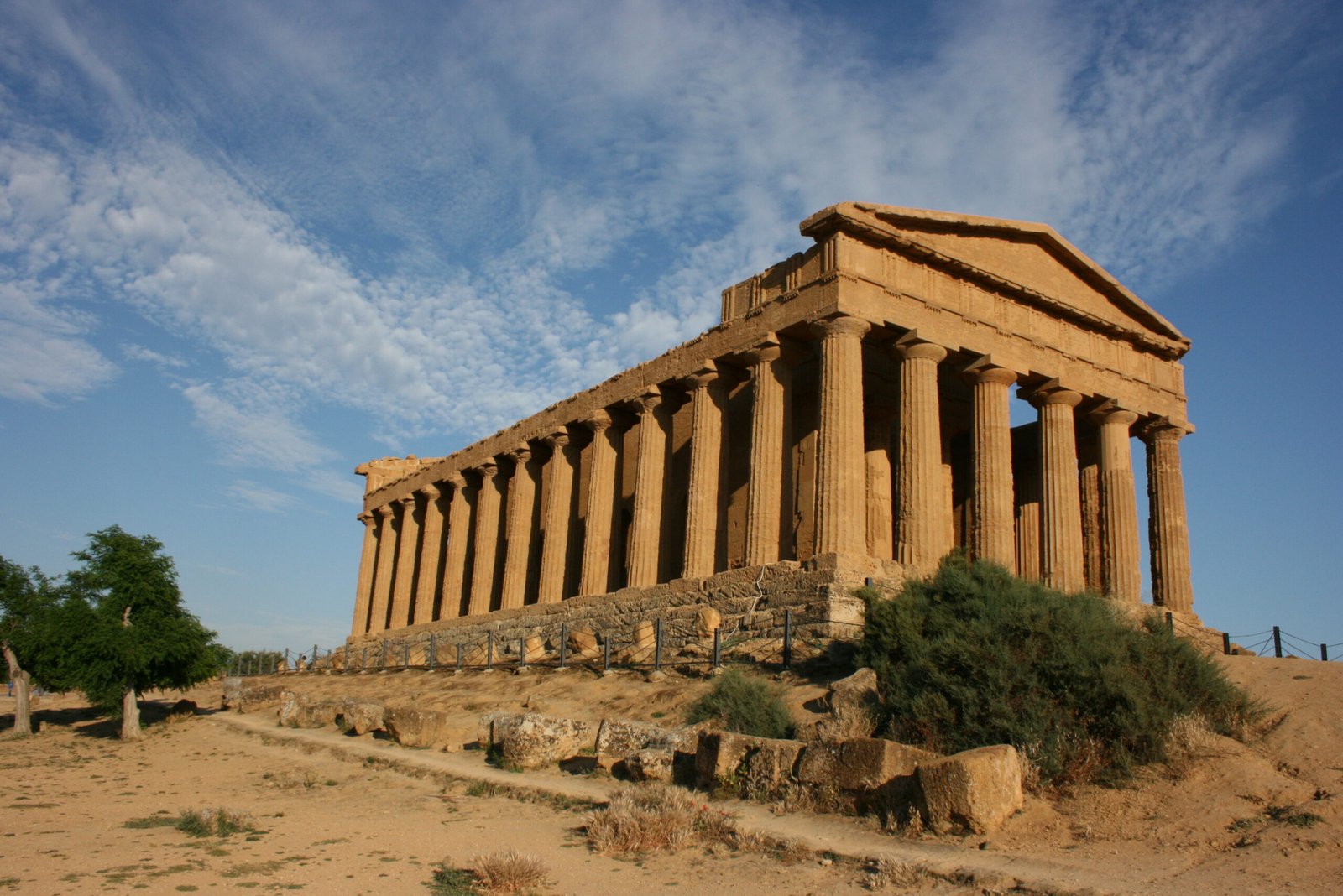Bucovina monasteries are among the most distinctive in Christendom. They are cherished not only for their quality of artisanship and beauty, but also for the endurance over the years as well as their cultural significance. The monasteries in Bucovina are dated mainly from 15th and 16th centuries, which is the time when the Orthodox Moldavia was battling for its life with the forces of Ottoman Empire.
The monasteries are known for their colorful external frescoes. Most of these have survived the cruel winters of the region. The external wall paintings are both expressions of faith and as an effective way of conveying essential biblical stories to a parish of illiterate peasants and soldiers. However, never pass up the rich investors where each cranny and nook is filled with cultural and religious symbolism.
Arbore Monastery
Arbore Monastery is a UNESCO-protected church in Arbore gets a fraction of visitors of some painted monasteries and feels more special and private. The small scale enables you to study the paintings up close, allowing you to appreciate the techniques and skills. Arbore Monastery dates from year 1503 and was actually the brainchild of Luca Arbore, a local nobleman. It took over 5 months to build the monastery and 4 decades to paint.
Voronet Monastery
Voronet monastery was built in just 3 months and 3 weeks. Stefan cel Mare is the man behind the construction of this monastery. Following a victory in 1488 over the Turks, the painted monastery has an internationally recognized color associated with it. A vibrant cerulean color called Voronet Blue made from lapis lazuli and some ingredients. In year 2011, it was restored and made the quality of paintings much clearly.
Putna Monastery
Along the forested road dotted by the traditional villages, the Putna Monastery was constructed by Stefan cel Mare, which follows his victory over the Turks at the Chilia. About sixty monks live in Putna Monastery. While the monastery lacks frescoes, its royal inhabitants made it close to the heart of Romanians. Stefan cel Mare was buried in Putna Monastery’s tomb room and his third and second wife were also buried here. His two children from his third wife were buried here too.
Sucevita Monastery
Sucevita Monastery is the biggest among Bucovina monasteries and some people considered it as the finest one. It is also best known for its exterior Ladder of Virtues fresco that has 32 steps to heaven near its main entry. It exhorts the priests to righteous behavior and to get rid of unfortunate fate of clerics depicted tumbling from the ladder because of the sins like vanity or greed. The tomb room contains the coffins of the monastery founders Ieremia Movila and Simion.
Dragomirna Monastery
Dragomirna Monastery has sixty nuns and was constructed between year 1602 and year 1609 by calligrapher, scholar, artist, as well as bishop Anastesie Crimca. Its intricate rope lacing around the midsection of the exterior of the main church represents Holy Trinity and short-lived unification of Wallachian, Moldavian, and Transylvanian principalities in year 1600.





